Digital Audio Workstations (DAWs) serve as the fundamental components of music production, providing robust tools that enable beginners to express their creativity effectively.
This guide aims to outline the essentials of DAWs, emphasizing their importance and detailing the key factors to consider when selecting the most suitable option for individual needs.
It will also present a selection of leading DAW options specifically designed for beginners, offering a comparison of their features and pricing to facilitate an knowledge-based decision making process.
Furthermore, the guide will include tips and resources to initiate one’s audio journey, aiding in the discovery of the ideal DAW for your requirements.
Understanding Digital Audio Workstations (DAWs)
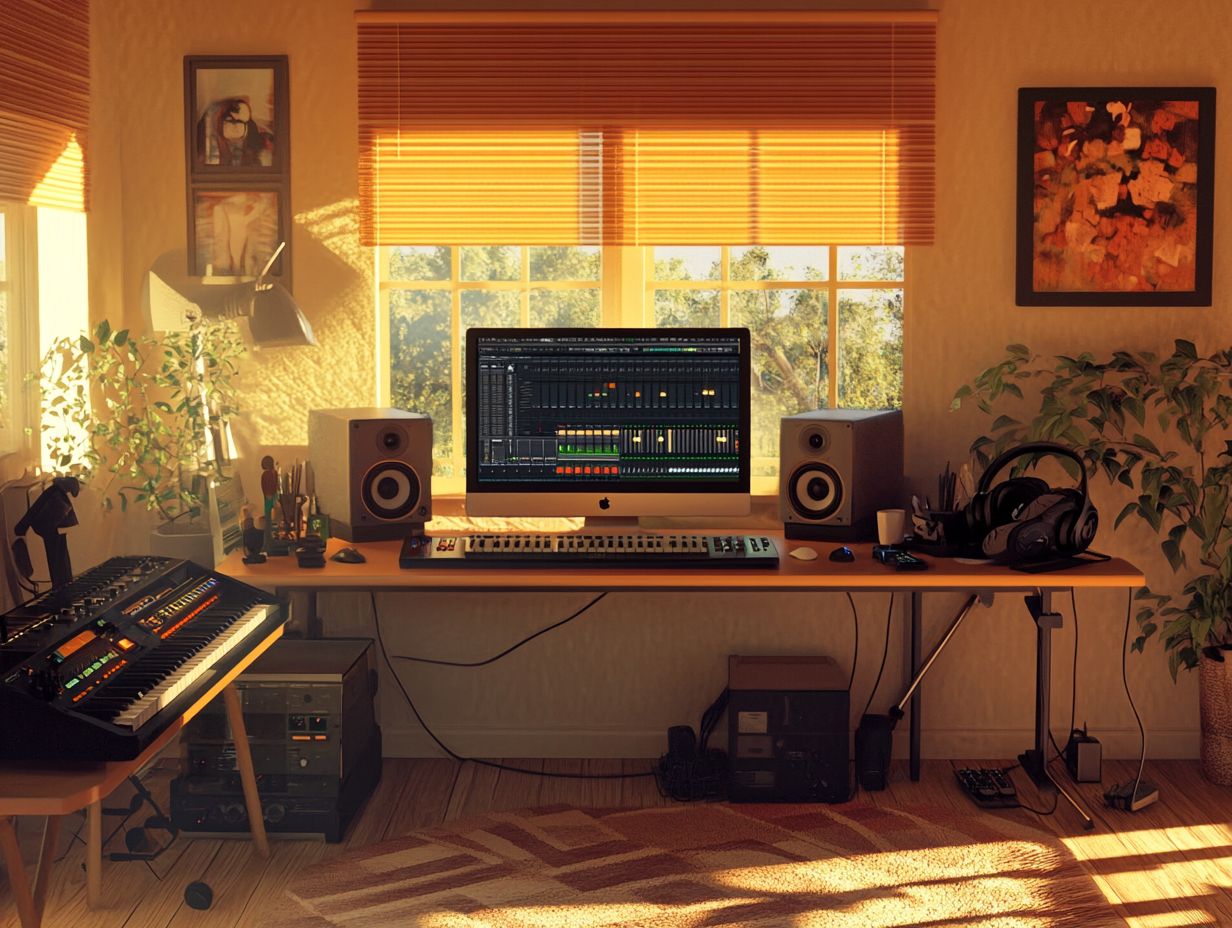
Digital Audio Workstations (DAWs) serve as fundamental tools in music production, offering a comprehensive platform for recording, editing, and mixing audio tracks.
This software give the power tos both novice users and experienced professionals to perform a wide range of audio manipulation tasks, from basic audio editing to intricate beat creation and sound design.
With an intuitive user interface, DAWs streamline workflows that promote creativity, enabling users to explore a variety of features, plugins, and virtual instruments to produce high-quality audio content.
A thorough understanding of the functional capabilities of a DAW is essential for anyone aspiring to enter the fields of music composition and sound engineering.
What is a DAW and Why is it Important for Beginners?
A Digital Audio Workstation (DAW) is sophisticated software specifically designed for music production, allowing users to record, edit, mix, and manipulate audio tracks. This makes it an invaluable resource for beginners seeking to delve into audio editing and sound design.
DAWs simplify complex processes through intuitive user interfaces that cater to various workflow styles, enabling newcomers to engage with MIDI, track mixing, and audio effects without encountering overwhelming technical obstacles.
The significance of these digital platforms is considerable, as they provide essential editing tools that enhance the creative process. Whether layering sounds, applying effects, or adjusting levels, the features integrated into most DAWs give the power to beginners to experiment freely while developing their skills.
Although the learning curve may initially appear daunting, it often becomes more manageable due to the abundance of tutorials and community support available. This accessibility promotes exploration and innovation, ultimately fostering a deeper understanding of music production techniques that can yield professional-grade results.
Factors to Consider When Choosing a DAW
When selecting an appropriate Digital Audio Workstation (DAW), it is essential to consider several factors that can significantly influence your music production experience. These factors include compatibility with existing hardware, the specific features provided, and any budget constraints.
Different DAWs address a range of needs, from fundamental audio editing to advanced functionalities that facilitate complex audio routing and automation. Therefore, understanding individual requirements and workflow preferences is critical for optimizing performance and ensuring stability in music production.
Compatibility, Features, and Budget
When evaluating Digital Audio Workstations (DAWs), it is crucial to assess the software’s compatibility with your operating system and its support for cross-platform functionality, as these factors can significantly impact your music production workflow.
The array of features available—such as built-in effects, virtual instruments, and extensive sound libraries—should align with your production objectives while remaining within budgetary constraints. It is advisable to consider trial versions to test the software before making any financial commitments.
Understanding how different DAWs manage audio tracks and plugins can provide valuable insights into their overall functionality. Each platform may possess unique strengths, such as superior MIDI editing or enhanced automation features, which can influence the creative process.
Budget considerations are also paramount, as certain DAWs offer tiered pricing structures that cater to varying levels of expertise and investment. Utilizing trial versions allows users to explore diverse options without incurring costs, facilitating an informed decision regarding which features best align with their individual style and requirements.
Top DAWs for Beginners
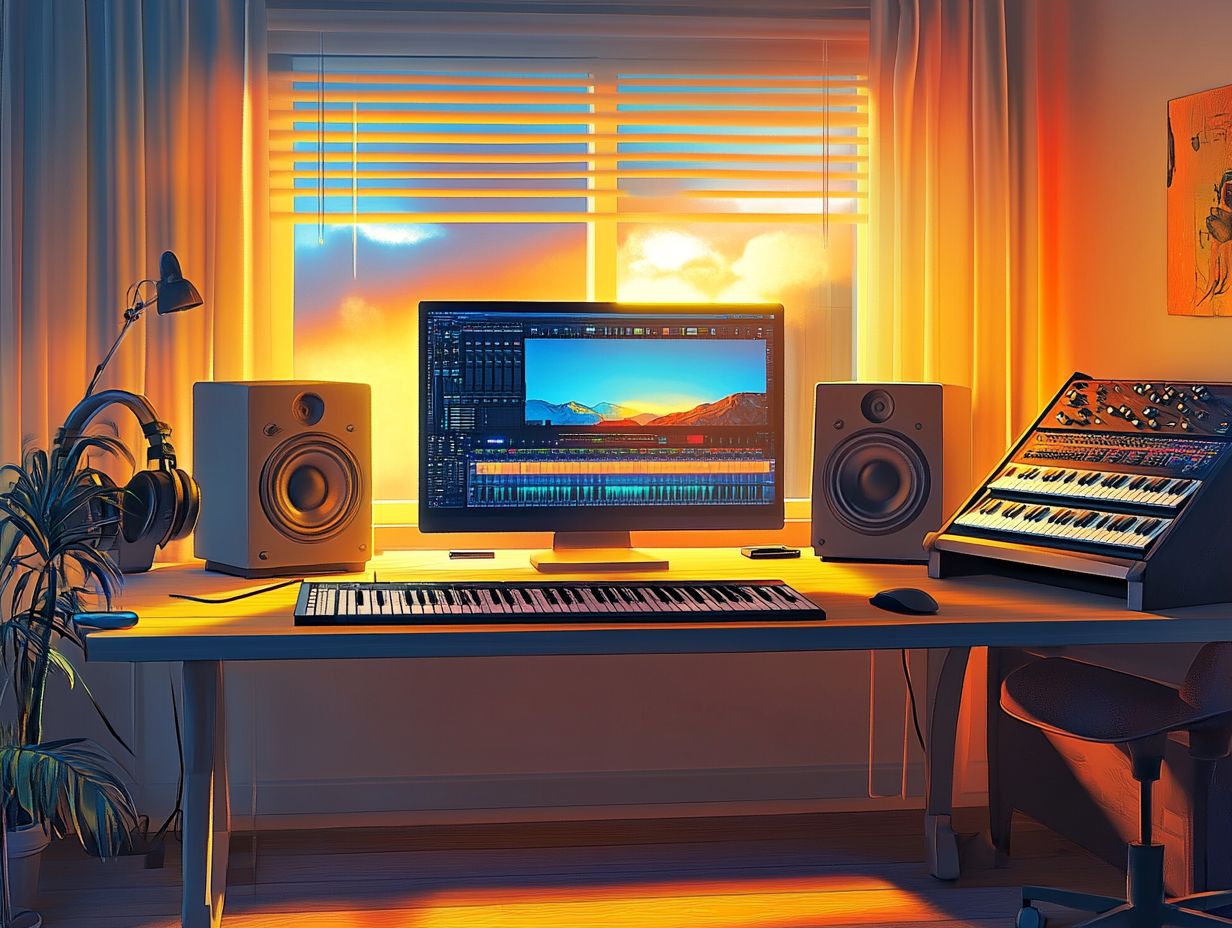
Choosing a Digital Audio Workstation (DAW) specifically designed for beginners can significantly facilitate the learning process and streamline the transition into music production.
The most suitable DAWs for newcomers integrate user-friendly interfaces with fundamental features that assist in audio editing, track mixing, and mastering, ensuring accessibility without sacrificing functionality.
Additionally, many of these options are affordably priced, offering a diverse array of tools that cater to various music genres.
Overview of the Best Options
Several Digital Audio Workstations (DAWs) emerge as the most suitable options for beginners, providing a well-rounded combination of essential features, sound quality, and an intuitive workflow. Popular selections typically include platforms recognized for their affordability and favorable user reviews, as well as those that offer robust community support and resources to assist new users in effectively navigating their music production endeavors.
Among these, GarageBand is frequently commended for its user-friendly interface and seamless integration with Apple devices, rendering it an excellent choice for novices. Another commendable option is Ableton Live Lite, which features a unique session view for looping and remixing, appealing to creative individuals eager to explore their innovative capabilities.
For those seeking a budget-friendly solution, FL Studio Fruity Edition provides impressive quality at a modest price, bolstered by a wealth of online tutorials and an active user community.
Each of these DAWs not only welcomes beginners with accessible features but also ensures that they can achieve professional-sounding results without the burden of overwhelming complexity.
Comparison of Features and Pricing
Conducting a comprehensive comparison of features and pricing among various Digital Audio Workstations (DAWs) is essential for selecting the most suitable software that meets one’s music production requirements.
Each DAW provides distinct functionalities, ranging from audio editing tools to track mixing capabilities, along with differing price points that accommodate a variety of budgets. This is particularly important for beginners seeking scalable options with potential pathways for future upgrades.
Which DAW is Right for You?
Selecting the appropriate Digital Audio Workstation (DAW) requires a comprehensive understanding of one’s specific workflow preferences, the music genres to be explored, and the features that are most pertinent to one’s production style. Key factors such as pricing, compatibility with existing hardware, and overall user experience should inform the decision-making process to ensure the chosen DAW effectively supports creative endeavors.
It is imperative to evaluate whether the DAW integrates seamlessly with preferred virtual instruments and plugins, as this integration can significantly impact overall production quality. Users frequently discover that certain software performs exceptionally well within specific genres, making genre compatibility an important consideration.
Engaging with various user reviews and utilizing trial versions may yield valuable insights into the DAW’s functionality during regular use, allowing individuals to determine which interfaces align best with their creative processes. Investing time in a DAW that corresponds with long-term goals and future projects is likely to yield significant benefits, ultimately enhancing the music production experience.
Getting Started with Your Chosen DAW
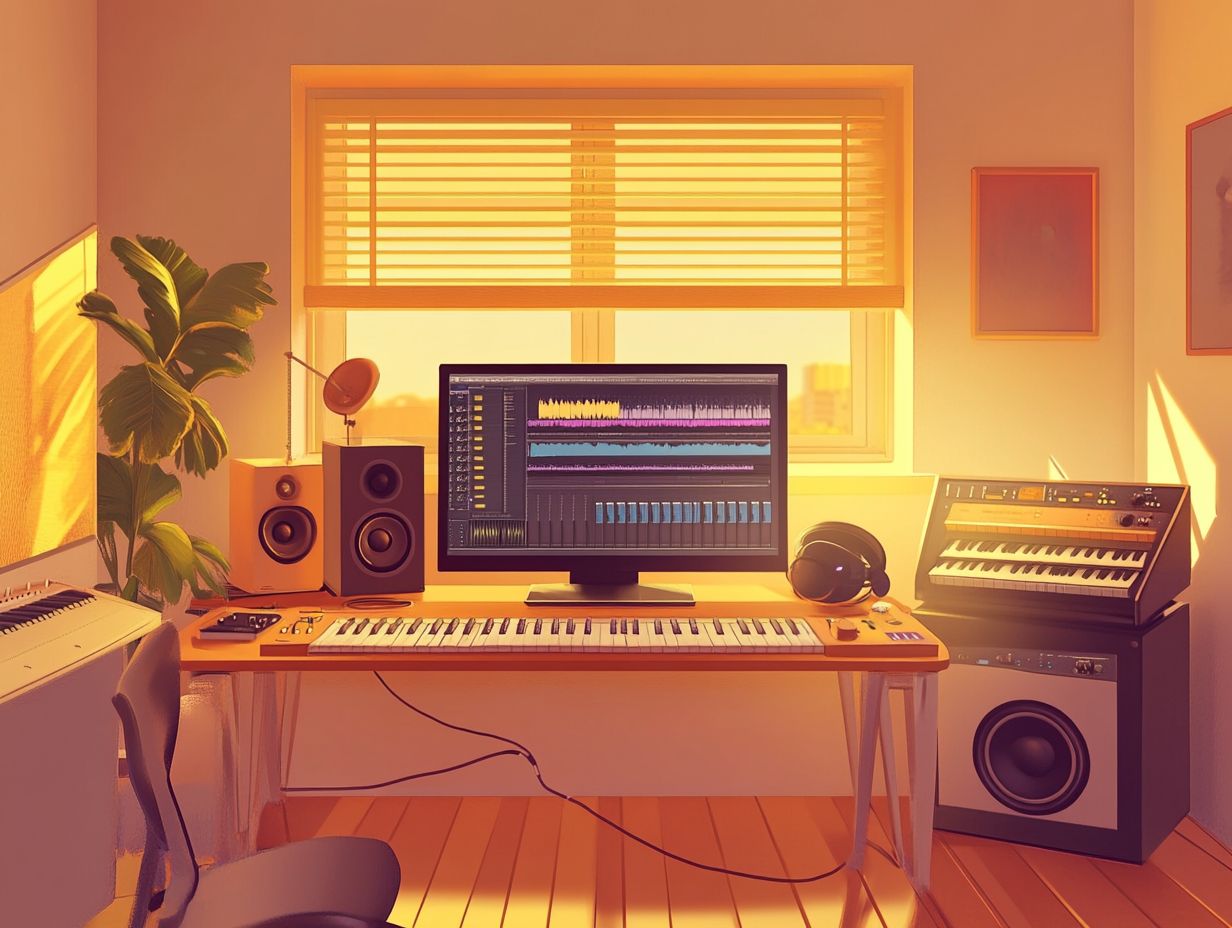
After selecting a Digital Audio Workstation (DAW), it is important to follow several essential steps to ensure an effective setup that enhances both performance and productivity.
Beginners are encouraged to familiarize themselves with the user interface and explore the available tutorials and resources. This understanding of the learning curve associated with their chosen software will enable them to manage projects efficiently and make the most of the various audio editing features offered.
Tips and Resources for Beginners
For individuals new to maximizing their learning experience with a Digital Audio Workstation (DAW), utilizing available tips and resources can significantly enhance their understanding of audio production and editing techniques. Engaging with online tutorials, community forums, and other educational materials not only facilitates the learning process but also contributes to effective project organization and overall user experience.
Beginners may consider exploring platforms such as YouTube or specialized websites like Skillshare and Coursera, which offer structured lessons tailored to various skill levels. Additionally, experimenting with free trials of different DAWs can provide valuable insights into which features align best with one’s personal workflow.
Participating in online communities on platforms such as Reddit or specialized Facebook groups can offer essential peer support. These forums allow users to share their experiences, seek advice, and exchange feedback on projects. This collaborative environment fosters a sense of belonging, enriching the learning journey and enabling beginners to succeed in the realm of digital audio production.
Frequently Asked Questions
What are the best DAWs for beginners?
The best DAWs for beginners are GarageBand, FL Studio, and Ableton Live.
What makes GarageBand a great DAW for beginners?
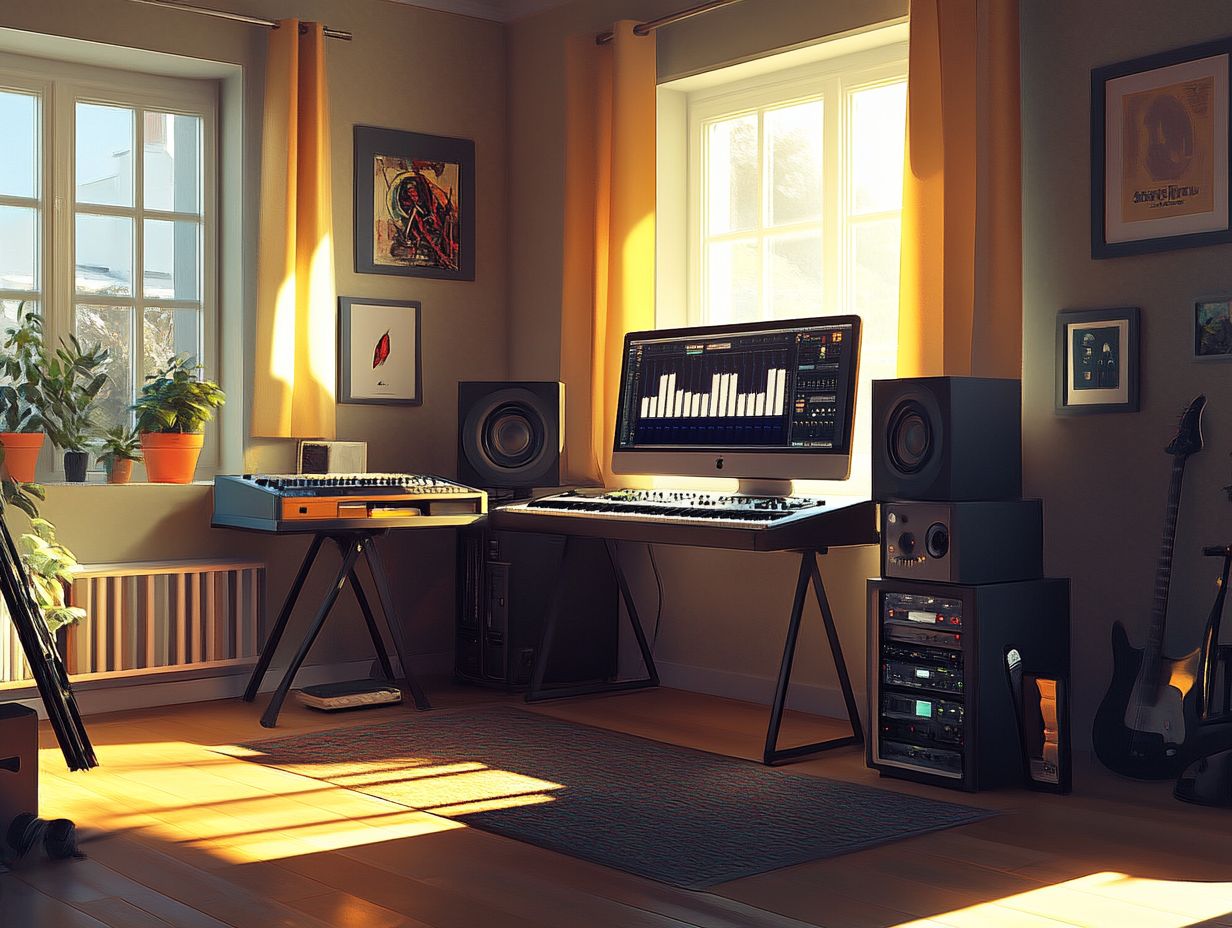
GarageBand is a free and user-friendly DAW that comes pre-installed on Mac computers, making it easily accessible for beginners.
Why is FL Studio recommended for beginners?
FL Studio has a simple interface and a wide range of tutorials and resources available, making it a great choice for beginners to learn from.
Is Ableton Live suitable for beginners?
Ableton Live has a unique session view that allows beginners to easily experiment and create music without extensive knowledge of music theory or production techniques.
Can I use Logic Pro as a beginner?
While Logic Pro is a powerful DAW, it may be overwhelming for beginners due to its advanced features and higher price point.
What factors should I consider when choosing a DAW as a beginner?
As a beginner, you should consider the cost, ease of use, available resources and tutorials, and compatibility with your computer when choosing a DAW.

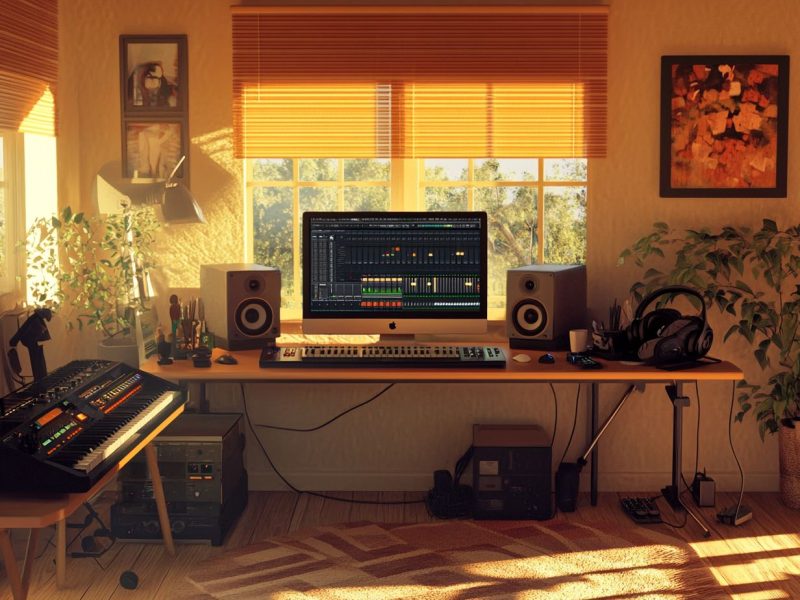
 Unlocking the Differences: Mixing Console vs Audio Interface Explained
Unlocking the Differences: Mixing Console vs Audio Interface Explained